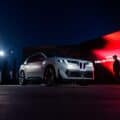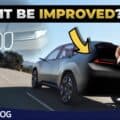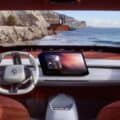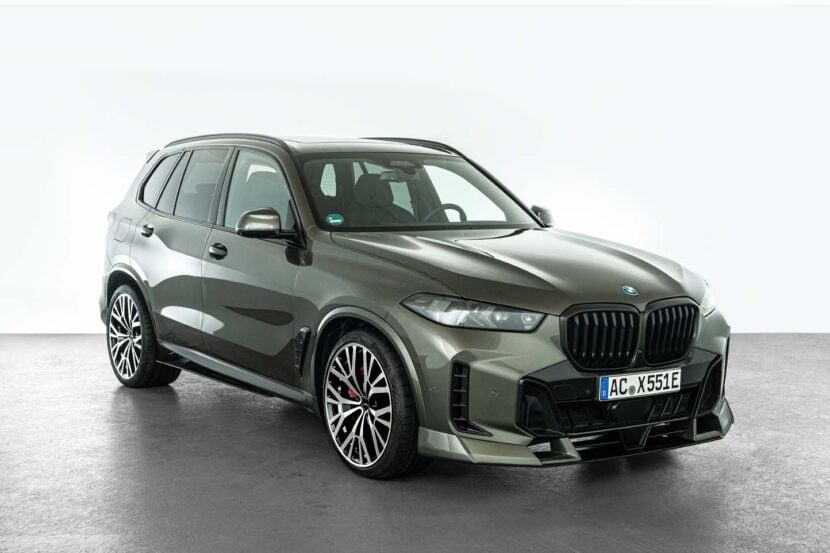Hybrid SUVs are all the craze these days, with suburbanites rushing to the nearest premium car dealership to plop down boatloads of cash for big SUVs with tiny engines accompanied by electric motors. It’s a strange world we live in. But aside from the absurdity of buying such a massive vehicle with a hybrid powertrain, there are some actually very good SUVs in that segment. And the Chronicle in the UK has gotten three of the most popular premium hybrid SUVs together to see how they compare.
The old dog in this fight is the Porsche Cayenne Hybrid, which was one of the first hybrid SUVs on the market and certainly the first in this test. The newcomer is the Volvo XC90 T8, which is fresh out of the box from Sweden, packing some very interesting tech. And the big guy in the middle of the two is the BMW X5 xDrive40e, which is BMW’s first non-i Division plug-in hybrid. All three have similar powertrain setups, but they’re all very different after that. So let’s see how they stack up.
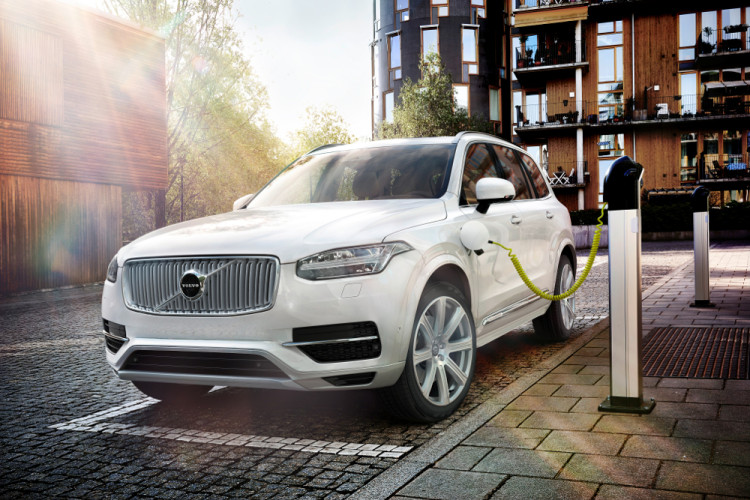
The Volvo XC90 is the only car of the bunch to offer seven seats, which is a huge plus in this segment as, after all, interior space is the main reason why people buy SUVs. Well, that and certain male body image issues, of course (I kid, I kid). The BMW X5 xDrive40e does not offer a third row of seats because the batteries take up space under the trunk floor where the seats would be stowed away, although the standard X5 does. The Porsche Cayenne doesn’t offer a third row at all, in any variant. So for the family man/woman, the Volvo XC90 T8 is the most practical car of the bunch.
It’s also the fastest car of the bunch. With its twin-charged (both supercharged and turbocharged) 2.0 liter four-cylinder engine and two electric motors, the XC90 T8 develops a total system output of 400 hp. This allows it to get from 0-60 mph in 5.4 seconds, three tenths faster than the Porsche and a full second faster than the BMW. That’s actually impressively quick in a big, heavy, hybrid SUV. But it was the BMW X5 xDrive40e that was commended for its powertrain refinement, as it switches between gas and electric power seamlessly. I’ve personally experienced this and they aren’t lying, the xDrive40’s hybrid powertrain is masterful.
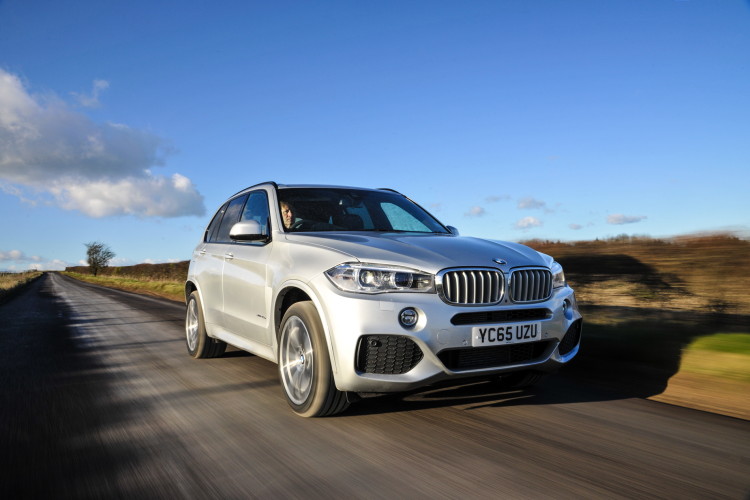
However, the Volvo’s speed doesn’t translate well in the handling department, where it feels a bit sloppy. Obviously, the Porsche Cayenne is the sports car of the bunch, with the best steering and most fun handling, while the BMW X5 is in between the two, striking a nice balance. Although, the X5 was said to ride the best.
Inside, all three have lovely cabins, but it’s probably the Volvo that looks the nicest and has the nicest materials. The BMW X5’s interior is great, but it isn’t as lush as the XC90’s. While the Porsche’s is cool looking and sporty, but doesn’t have the luxury of the other two. The Porsche’s infotainment system is also the worst by far, with Volvo’s coming in second and BMW’s iDrive being the best. Volvo’s new touchscreen system is very good and has a massive screen with excellent clarity and resolution, but the menus are a bit confusing and can be difficult to operate while driving. BMW’s iDrive is once again the best, having benefited from years of honing and constant improvement by BMW.

In the end, the Volvo XC90 T8 was deemed to be the best of the bunch, for offering the most lush cabin, third row seating and the most powerful powertrain and it’s also the cheapest of the three to own and run. However, the BMW X5 xDrive40e is a very close second, with merits that could even make it the winner for many people, as it has the best ride, better handling than the Volvo and better technology. While the Porsche Cayenne Hybrid is a distant third. It’s great fun to drive but it’s sort of a niche hybrid SUV and a one-trick pony.
[Source: Chronicle Live]








